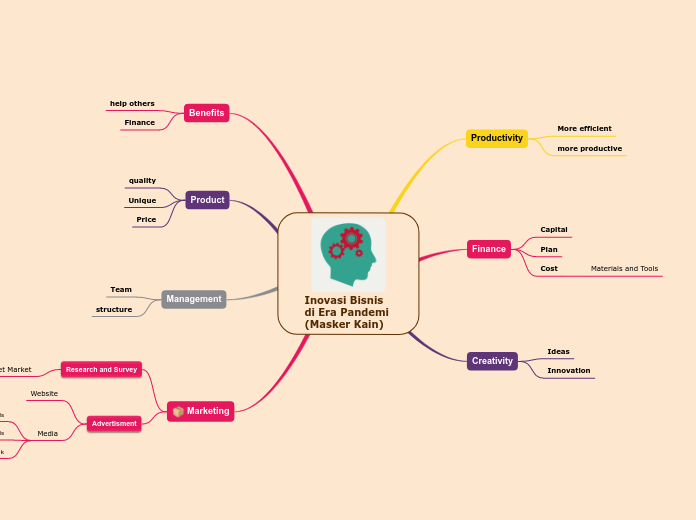realizată de Remek Debski 16 ani în urmă
471
Macroeconomics 2HH3 - Chapter 5
The closed-economy one-period macroeconomic model explores various key concepts in macroeconomics. One important aspect is the provision of public goods, which are typically difficult for the private sector to supply, such as national defense.









